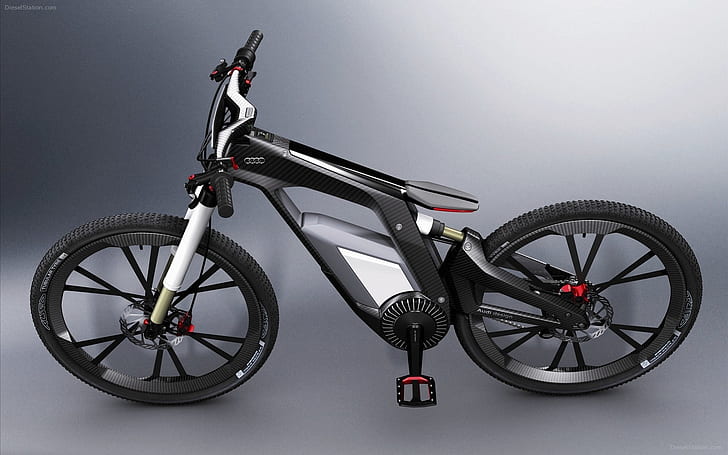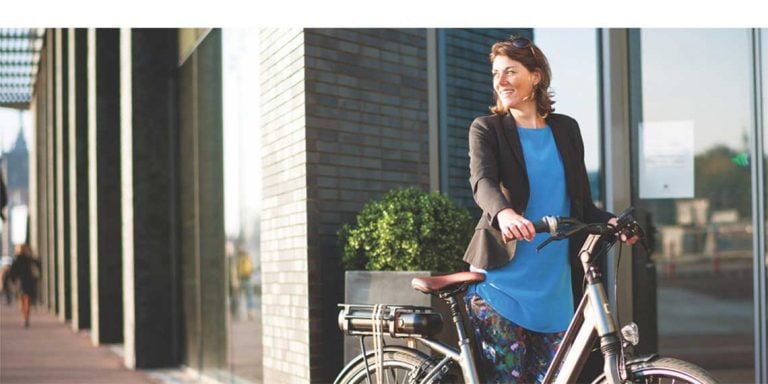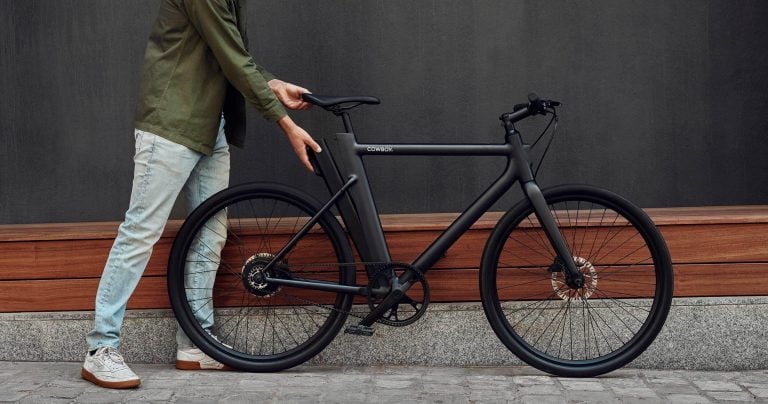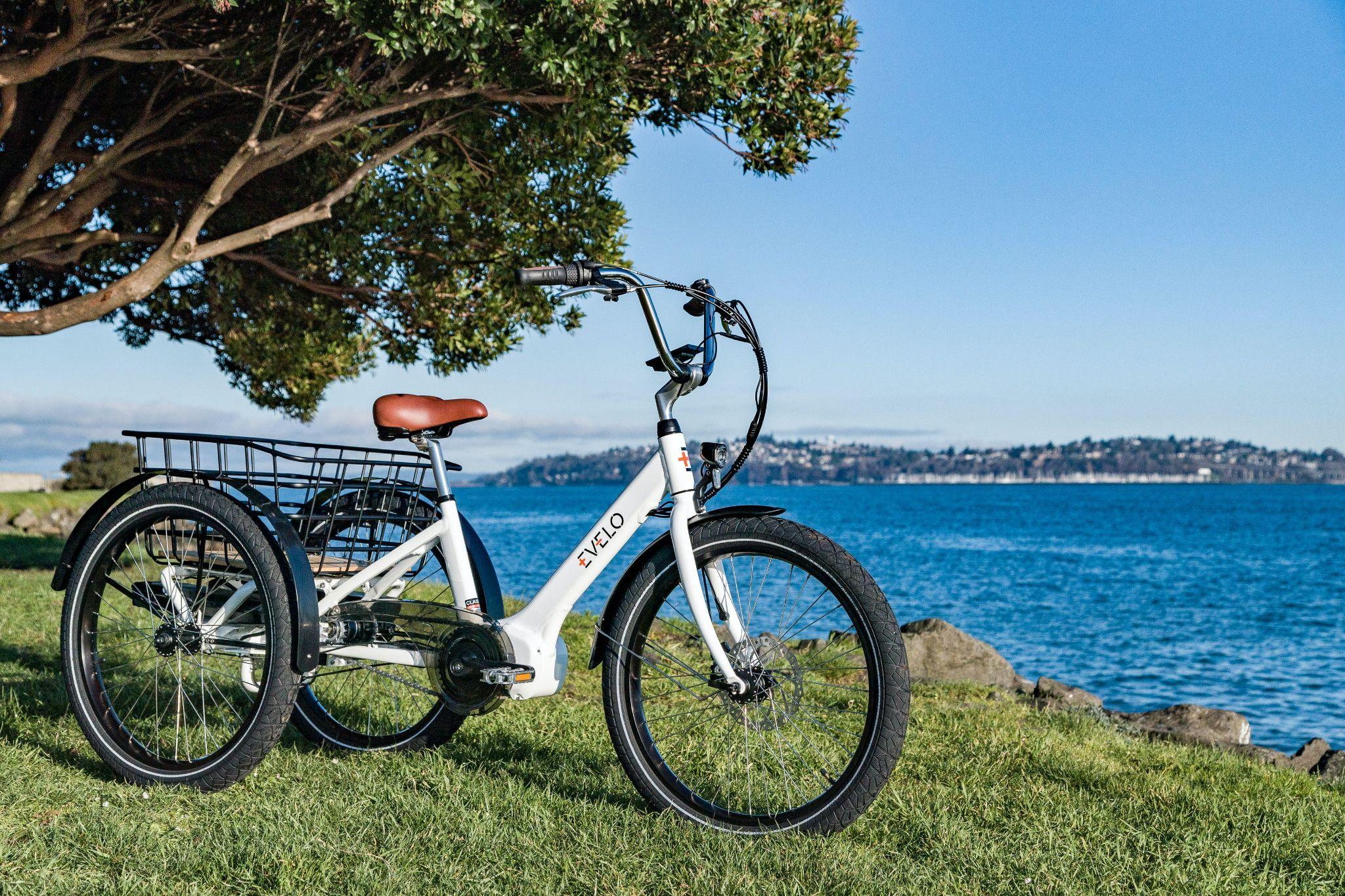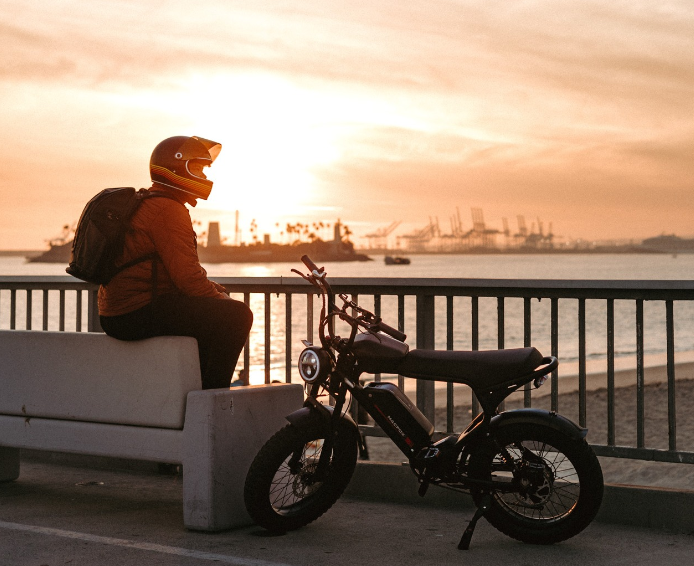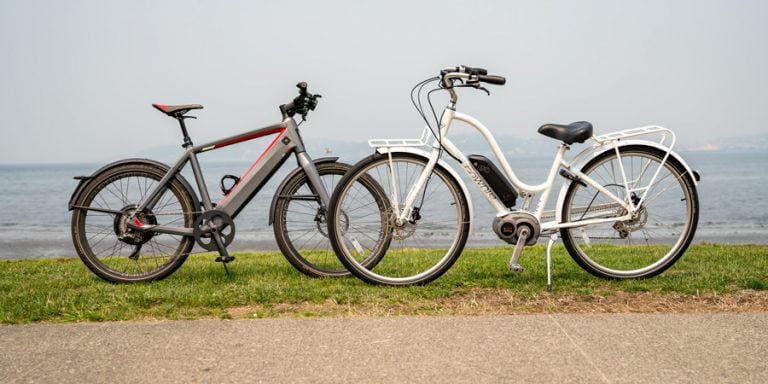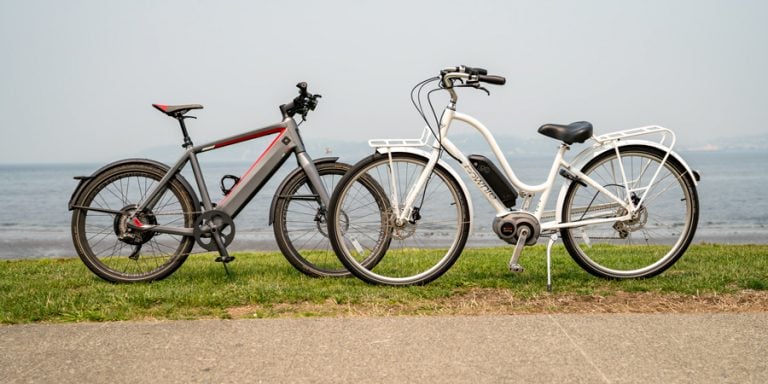EBike 101: Tips to Buy Electric Bikes
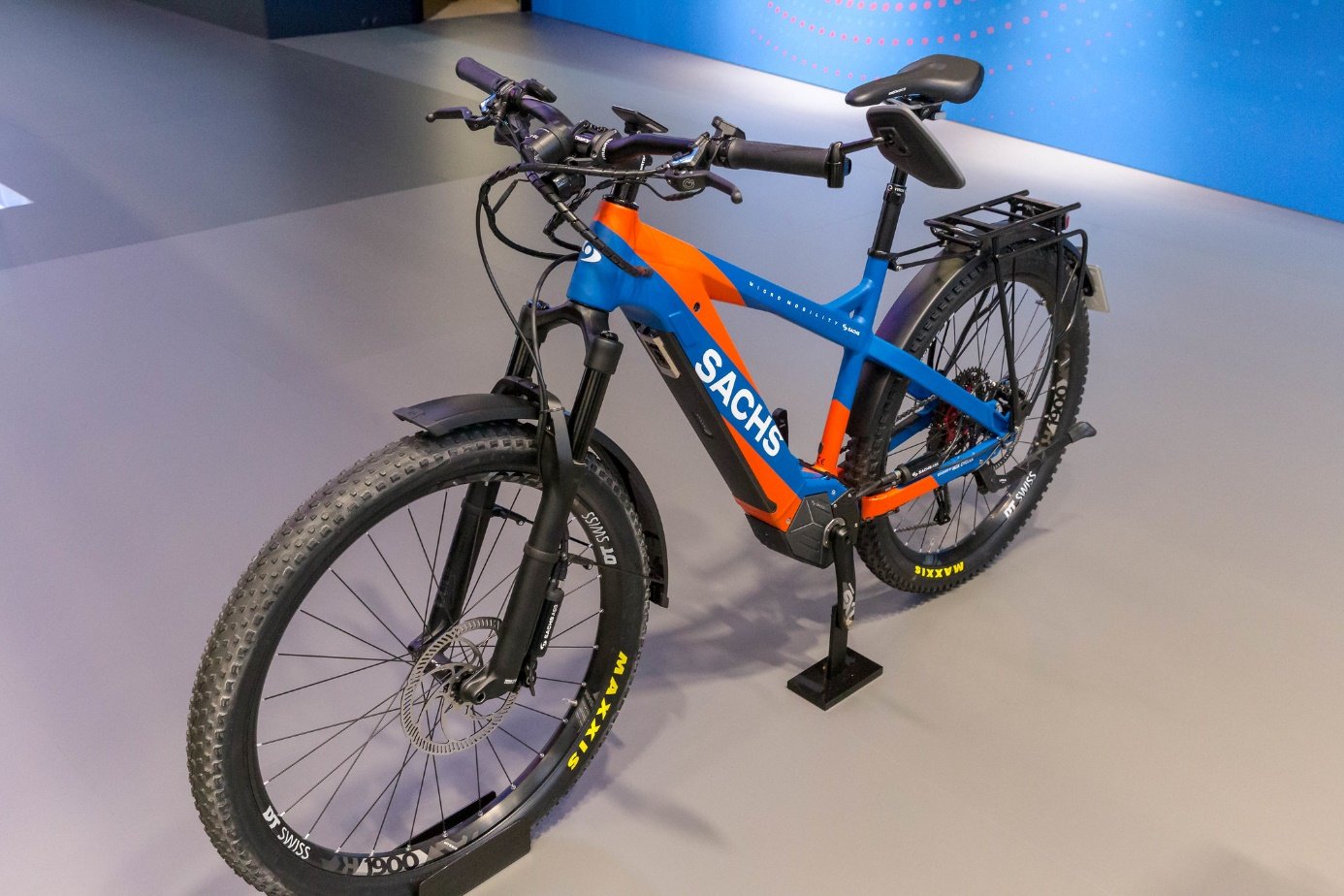
Table of Contents
If you’re about to get your first electric bike (e-bike), we know how confusing it can be. Therefore, in this article, we’ll provide you with a few tips that will help you buy the right bicycle. If you’re ready, let’s get right to it.
Select the Right Type
There are different types of electric bikes designed to suit different riding styles. If you’ll be using the vehicle to commute short distances within the city, then a folding or e-bike is best for you. You can visit https://discerningcyclist.com/ to find out more about folding electric bicycles. On the other hand, if you are thinking of riding through varied terrain, then you need to get a hybrid or fat tire electric bicycle.
Folks that will be riding through mountain trails need a mountain electric bike. Cyclists should opt for street/city e-bikes because of their fast speed and light design. If you’ll be carrying loads, you can settle for the cargo type since their frames are thicker and heavier. Basically, you need to choose a bicycle that suits your needs.
Select the Right Class
E-bikes are categorized into 3 classes. This categorization is based on the presence/absence of a throttle and the maximum assisted speed (this refers to the speed of the bike when the motor is assisting the rider). Let’s explore these classes quickly.
- Class 1: These do not possess throttle. You can only use pedal assist. Their maximum speed is usually about 20 mph. This is best for those who don’t mind a workout while they pedal.
- Class 2: Although their maximum speed is the same as class 1 (20 mph), they are designed with throttle. The addition of this component allows the user to move the vehicle with the aid of the motor. As such, you can do without the pedals. This is perfect for those who don’t want to use up energy pedaling.
- Class 3: Just like class 1, they do not have throttle, but only pedal-assist. However, they have the highest maximum speed (28 mph). Anyone looking to go the distance can purchase this class.
Once again, your choice depends on what you need. Preference is another factor in this case as the difference between the classes might not be obvious for some folks. So, the ball is in your court.
Decide on the Power Control Method
There are two methods manufacturers choose when designing the power control system of these vehicles. Some eBikes or electric bikes are designed with the pedal assist method. Others are designed with the throttle method. Some manufacturers design some models to function using both methods.
If you choose a bicycle that uses the pedal assist, it means the sensor attached to your bike will detect your pedaling movement. The information will then be sent to the motor to increase its assistance level. So, with this type of bike, you have to pedal to get the assistance supplied by the motor.
If the bicycle uses the throttle method, all you need to do is push the throttle button usually on the handlebars to assist. In some models, twisting the handlebar activates the throttle. These models do not require you to pedal at all.
Decide on the Motor Type
Two types of motors used for these vehicles are mid-drive and hub motors. The former is usually inserted into the frame of the bike. The latter, on the other hand, can be found at the bicycle’s rear wheel.
In terms of cost (initial purchase and maintenance), getting a hub motor will save you money. Bikes with mid-drive cost more, however, you get to enjoy the longer range, more power, and torque with these models. You must carefully consider and decide which motor type you want as it has huge implications on how much you’ll spend and how you can use the bike.
Choose the Pedal Assist System (Sensor)
The pedal assist system determines how the bike assists your pedaling efforts, and you have the option of choosing the cadence sensor or torque sensor. The operation process of both systems is different. If you buy a bike with a cadence sensor, it will measure how many times you pedal each minute. Bikes with torque sensors measure the force you apply when pedaling.
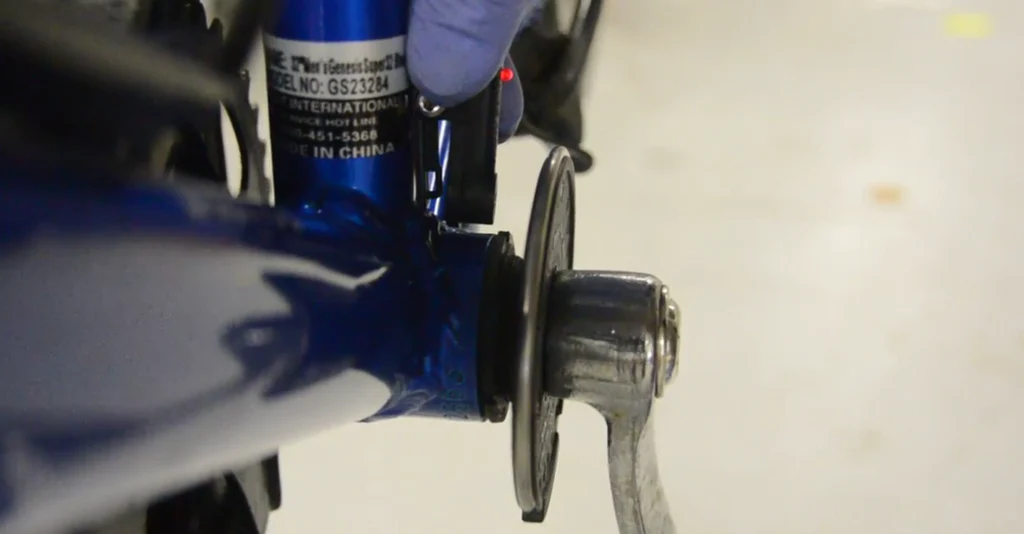
Cost-wise, cadence sensors are less expensive. Furthermore, they are easy to install compared to their counterpart. However, their hill-climbing efficiency is poor. Therefore, they are not suited for such activities/terrain but flat terrains.
The additional cost of torque sensors is reflected in their reduced battery usage. You can read this article to find out how to extend the battery life of your e-bike. The riding experience they provide is more realistic because it usually synchronizes with the rider’s pedaling movements.
Conclusion
Purchasing a new electric bike can be overwhelming for a first-time buyer. This is why we’ve taken our time to provide you with tips that will ensure you get the bicycle that suits you. Apart from the tips we shared above, you need to consider the battery range and the bike’s weight before completing your purchase.

